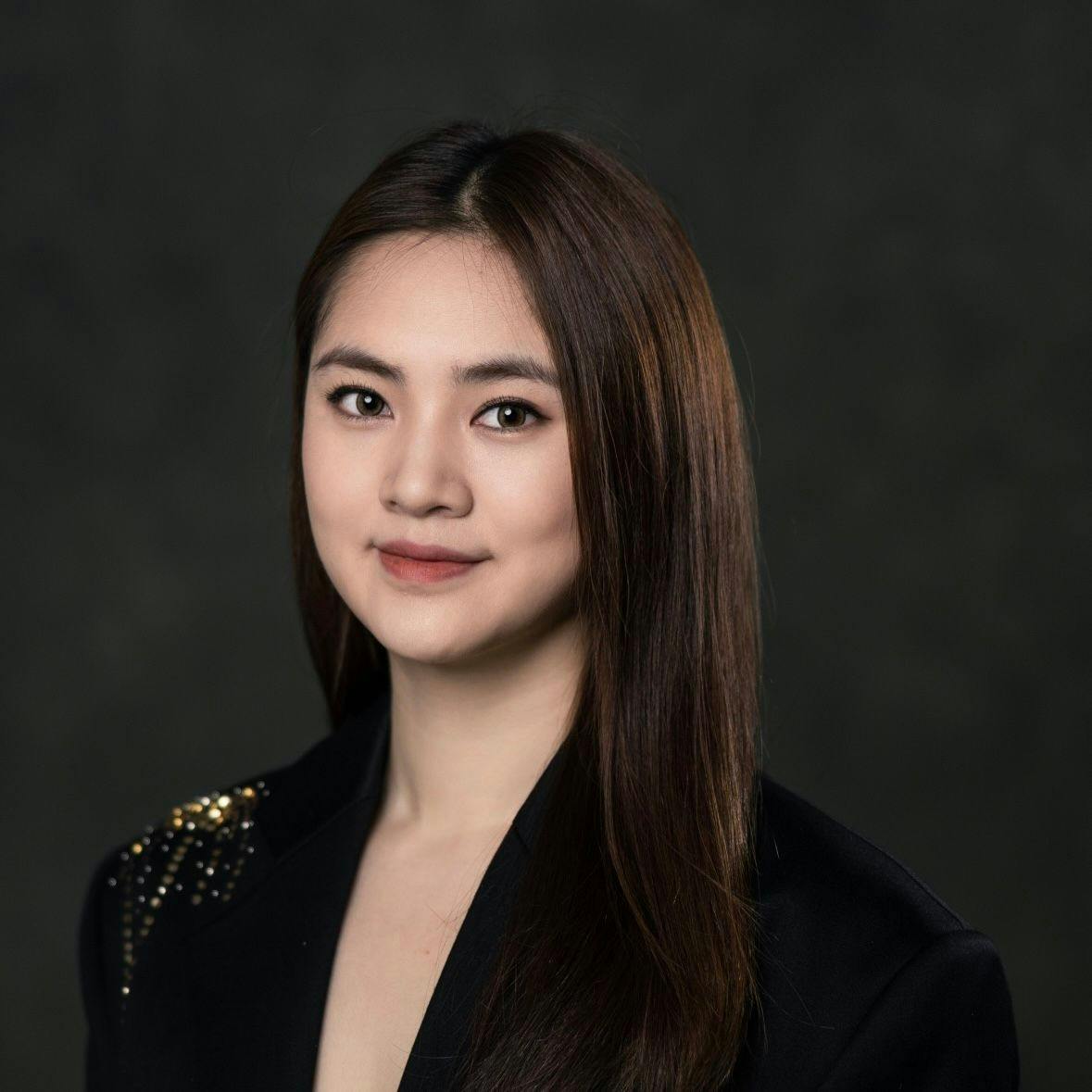This year was a bumpy ride for KOLs, celebrities, and brands hoping to leverage their endorsements. In the first quarter of 2020, work schedules were disrupted by global travel restrictions and lockdowns. As such, brands had to be meticulous about rolling out their marketing campaigns amid a pandemic. Yet, as more of them dove into the digital marketing pool, celebrities and KOLs took on irreplaceable roles in connecting brands with customers.
When luxury players eventually resumed their business in China, a new trend emerged: KOL partnerships, in particular, teaming up with young talents and tapping into the idol economy. Now, this strategy has become the new norm. Many selected brand partners were also chosen to interact with online audiences on livestreams. And, to better gauge brand engagement and KOL return on investment, the marketing platform Launchmetrics acquired China’s leading KOL analytics platform, PARKLU, in November.
Below are Jing Daily’s top 6 KOL insights from 2020. For more of our 2020 year-in-review analysis, read on here.
Launchmetrics moves into China with PARKLU acquisition#
In November, the brand performance cloud company Launchmetrics acquired China’s leading KOL analytics platform, PARKLU, for an undisclosed sum. Now more than ever, access to China’s market has become the primary concern for brands and CEOS globally. Yet, quantifying ROI or KOL impact can be difficult to gauge. With PARKLU’s ten-year history in the influencer market — and with access to 100,000 KOLs on platforms from WeChat to Douyin — this partnership should supply companies with the most effective tools for calculating metrics and allowing a consistent view of a campaign’s impact at scale and across regions.
Brands tap into the livestream trend but struggle finding the right hosts#
In August, the marketing news provider Content Commerce Insider released a white paper called Next Level Livestreaming: How Luxury Brands Can Profit From China’s Top E-Commerce Trend. In it, the company reported that the gross merchandise volume of KOL sales from influencer campaigns was valued at $11.1 billion in 2019, and they predicted that number would grow to $27.4 billion by 2022. The livestream tool, though powerful, works best when the host is closely associated with the brand yet is also well-known enough to attract their own large, targeted audience. Therefore, choosing the correct KOL can be a tricky yet crucial task for brands. As such, Jing Daily offered five tips for brands about how to pick the best KOL livestreamer.
Sales associates become luxury KOLs during the lockdown#
Many brand sales associates leveraged WeChat during lockdowns by sending content or products to interested consumers, which proved to be a highly effective strategy. They took on the producer role by making short videos or livestreams that make customer interactions more engaging and transparent while functioning as a key link to the consumer purchase journey. Furthermore, luxury brands can systematically leverage the buyer information collected from sales associates to optimize their CRM systems, which noticeably improves customer loyalty and stickiness.
Celebrity endorsements are drastically changing in China#
While idols and celebrity endorsements have proven to be a golden ticket to increasing brand awareness and connecting with consumers, the power dynamic between brands and celebrities in China’s ever-changing digital climate is becoming more sophisticated. With the roles of celebrities & KOLs merging, successful KOLs have reached the level of superstars and can now be considered the “new celebrities.” Meanwhile, to minimize the risk of celebrity scandal or controversy, brands haven’t put all their eggs in one basket but instead have chosen to implement a plurality of endorsements. As importantly, campaigns are shifting away from solely portraying youthful, perfect appearances and toward displaying a celebrity’s true personality.
The dark side of China’s idol economy emerges#
In February, Chinese pop idol Xiao Zhan was embroiled in a controversy that rocked Gen Zers across China’s internet. A cyberwar against Xiao fans eventually led to a boycott of the brands he represented, including Estée Lauder, Piaget, and Cartier. While China’s idol economy remains lucrative territory for international brands, this incident has revealed its dark side via an intensified culture of cyberviolence, irrational fandom, and digital censorship — risk factors that brands now have to face in this increasingly volatile market. The scandal was a wake-up call for brands that had become overly reliant on idols in China.
Brands struggled to connect with China during the fall fashion week season#
In February, a host of Chinese fashion editors, designers, buyers, celebrities, and influencers were not able to attend the first 2020 Fall Fashion Weeks due to travel restrictions imposed by the US, UK, Italian, and French governments. The absence of Chinese fashion faces at that difficult time undoubtedly exacerbated business in the world’s largest luxury market. Already having struggled to stay relevant with Chinese consumers, luxury players then lost the highly-visible Fashion Week season and the chance to impress them with buzzy moments. But all is not lost. A few Chinese brands showed, and some European and US-based Chinese fashion editors, creatives, and influencers sat front row at the shows. These challenges remain and have forced a shift in the fashion industry toward more digital retail and marketing.

